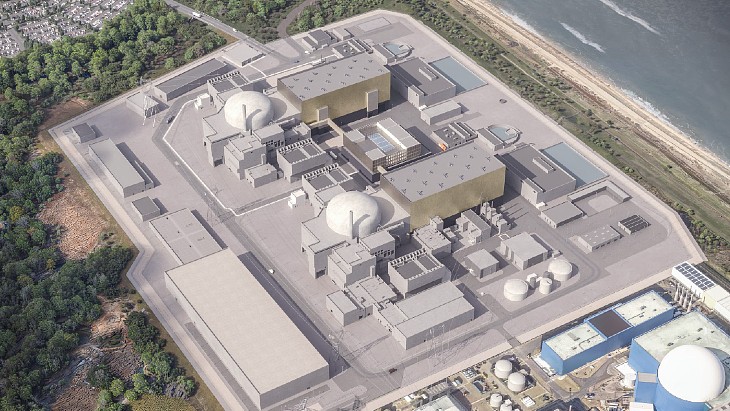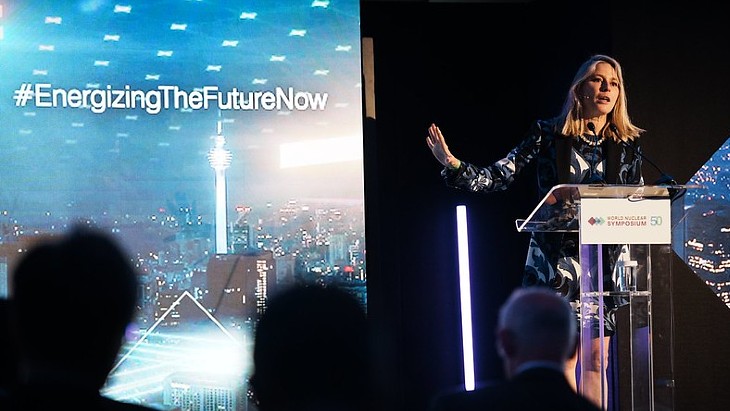The US Department of Energy Office of Environmental Management (DOE EM), US Environmental Protection Agency (EPA) and the state of Idaho have agreed to increase the capacity of the Idaho CERCLA Disposal Facility (ICDF) and construct an additional disposal cell and lined ponds to allow for a further 25 years of waste disposal.
The ICDF, with a capacity of 390,000 cubic metres, has provided onsite waste disposal for materials including contaminated soil, debris and even reactor vessels since it opened in 2003, EM said, consolidating waste from many areas of the 890-square-mile INL site into a single managed and controlled area. It also reduces the potential risk of groundwater contamination and has saved taxpayers hundreds of millions of dollars versus shipping the material for offsite disposal. However, it is now 80% full, and would reach its current capacity in 2025.
EM, EPA and the state have authorised increasing the capacity of the existing disposal cell by 140,000 cubic metres within the same footprint, as well as the construction of a new disposal cell with a waste disposal capacity of 530,000 cubic metres. The new landfill cell is projected to start receiving waste in 2026 and will be designed to have an operational life of at least 25 years. Once filled, it will be covered with a cap designed to prevent water from infiltrating into the disposed waste.
The ICDF is also under consideration for disposal of debris and reactor vessels from the demolition of the land-based prototype for a reactor plant used in the first nuclear-powered submarine - the Submarine 1st Generation Westinghouse, which was built inside a section of a submarine hull at the Naval Reactors Facility in the Arco Desert, west of Idaho Falls.
New WIPP panel in use
EM has also announced that waste emplacement has begun at the eighth panel at the WIPP repository, less than a month after the last container of transuranic, or TRU, waste was emplaced in the seventh panel.
.jpg)
WIPP is the only repository for the disposal of TRU waste, which includes clothing, tools, rags, residues, debris, soil and other items contaminated with small amounts of plutonium and other man-made radioactive elements from the US military programme. Sealed drums of waste are placed in "rooms" carved out of the underground salt bed layer 2,150 feet (about 640 metres) below the surface by laser-guided continuous mining machines.
Emplacement began in Room 7 of Panel 8 with waste containers from Oak Ridge National Laboratory in Oak Ridge, Tennessee: panels are filled back to front, EM said. Panel 8's seven emplacement rooms each measure 300 feet long, 33 feet wide, and 15-16 feet tall. It takes about two and a half years to fill a panel.
"We have already seen significant increases in our efficiency as we have emplaced in Panel 8 compared to Panel 7," said Sean Dunagan, president and project manager of Nuclear Waste Partnership, the WIPP management and operations contractor.
Disposal operations began at WIPP in 1999.

.jpg)



_55530.jpg)
_42372.jpg)
_37521_70699.jpg)

_76087_55556.jpg)




